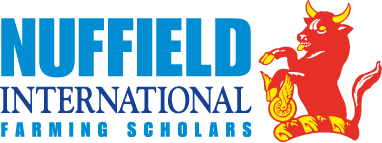Report Synopsis
Innovations in poultry production. Increasing the sustainability of commercial poultry
Georgie Cartanza
The poultry industry has made tremendous strides over the past 30 years in improving the growing conditions in poultry houses. Many of those improvements are unknown to consumers not associated with the rearing of poultry. The challenge is continue to improve conditions and processes to ensure birds are well cared for and demonstrate reduced stress or discomfort to consumers.
Technologies to improve bird welfare include early chick feeding, on-farm hatching, litter moisture management and implement precision livestock farming. Each of these technologies have positive implications for the welfare of the birds, through improvements in gut health, the livestock environment, and in improved data collection for validating and certifying these conditions.
Technologies to improve the environment (air, water, energy) have become more critical in today’s industry. Solar brood is a technology that uses the sun to preheat air prior to entering the poultry house, resulting in energy savings. Two technologies explored to reduce air emissions: heat exchangers and the Schulz Emmi emission minimizer. The heat exchanger saves energy and benefits the environment by reducing dust emissions. The Schulz Emmi reduces emissions, which also improves the environment. Two mortality management technologies are discussed: The Ecodrum in-vessel composter and Advanced Composting.
Strategies for sustainability, public perception, the social license to operate must be included in any discussion of technology and sustainability. The public perception changes quickly and the industry needs to lead that conversation. Mandates by the public in production and technology implementation that are not science-based will be detrimental to the viability of poultry production and all of animal husbandry. A technology eggXYT addresses the social license to operate for the layer industry is discussed in this report.
Ultimately, for animal-based agriculture to continue and thrive, producers must become more proactive in addressing the concerns of the public. These technologies and strategies are suggestions to improve the sustainability of commercial poultry production.
Similar Reports
- 2022
Bumps and Holes! How to turn the free-range into a biodiverse Walhalla?
Maud Tomesen - 2019
Managing poultry welfare in a transitioning world of technology
James Smaldon - 2019
Adapting UK egg production for an increasingly welfare-conscious market
Hannah Eastaugh - 2019
Future Housing Systems for Australian Free Range Egg Production
Tom Moore
